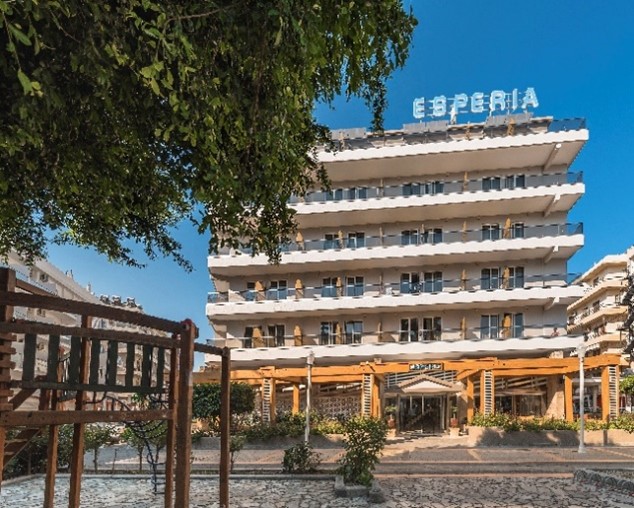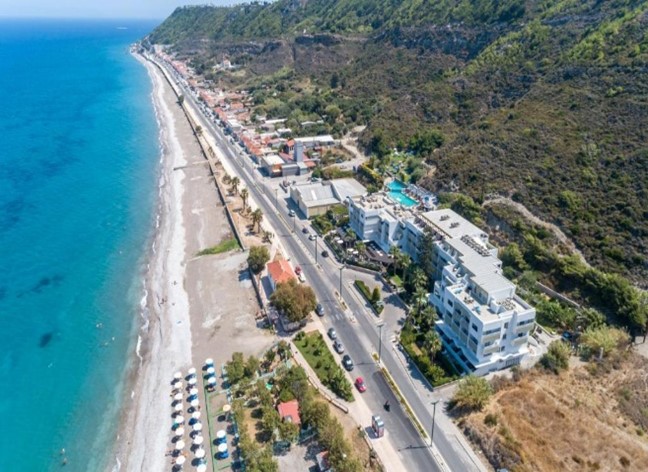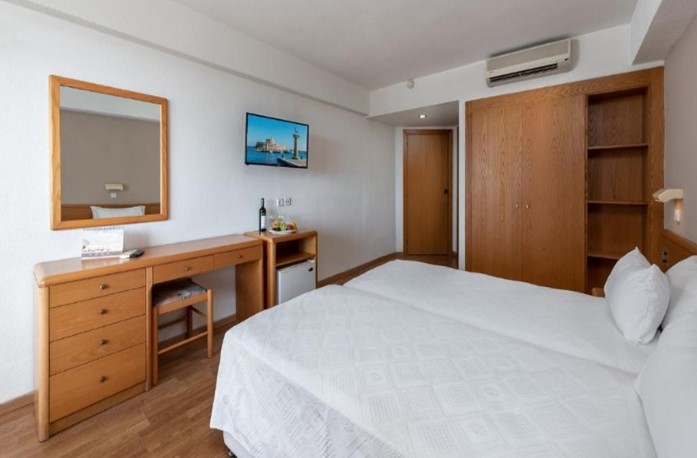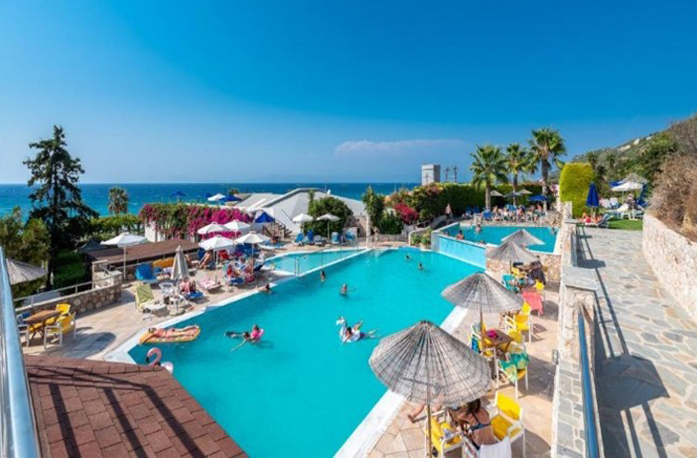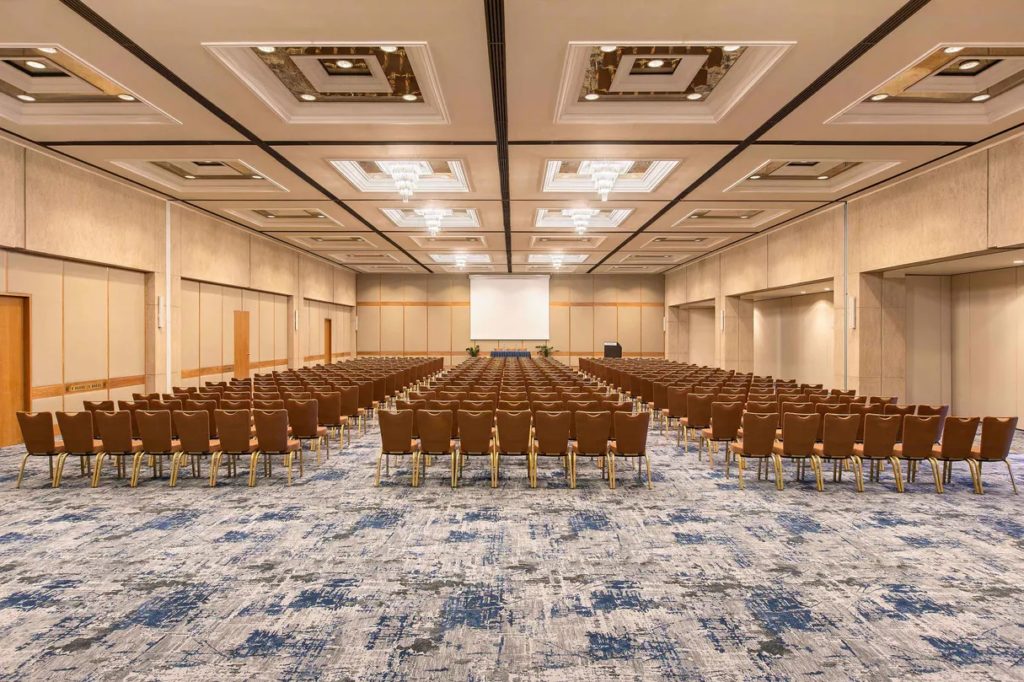
Editorial Policies
SPS Conference Editorial Procedures for ICASSP 2023
Overview of the process and principles
As an IEEE conference proceedings, all practices are aligned with IEEE Policies as well as the IEEE PSPB Operations Manual.
The IEEE Signal Processing Society holds an open call to the community that is listed on the conference website as well as emails to members and past participants, and posted to Call for Paper Online Message Boards to encourage an open and transparent submission and review process.
The Call for Papers, created by the Technical Program Committee Chairs (Editors), conveys relevant author information and paper requirements, important dates, and a non-exhaustive list of topic areas, called EDICS, which are considered in scope.
Paper submission deadlines are set for Wednesdays, including extensions along with other deadlines as much as possible. Moreover, paper submission deadlines are scheduled to avoid Major World Holidays. This aims to ensure that all members of the community participate by limiting the strain on authors and respecting individual’s personal, family, and home time.
Peer-reviewing is of vital importance to ensure the scientific quality of conference papers, and all papers submitted receive transparent, unprejudiced, efficient, and anonymous peer review, which is carried out by the Technical Program Committee—a well-defined hierarchy structure which includes the Technical Program Committee Chairs and Organizing Committee Members, and the IEEE Signal Processing Society Technical Committee Chairs and Committee Members–which oversees a large group of dedicated reviewers. The editorial process of a paper consists of two parts: an initial check and then peer review. The paper is sent to a track chair for an initial check. Following this, the paper is assigned to at least three reviewers from the relevant research areas for peer review. These reviewers carefully review the manuscript and provide review comments to the area chair. Authors have an option to submit a rebuttal to the comments. The review comments and authors’ rebuttals, if any, will help the track chair to make the ultimate acceptance or rejection recommendation for the manuscript.
During the editorial process, the conference’s publication provider takes the responsibility of coordination between the publisher and authors, copyediting work, and other necessary publication support.
Roles and Responsibilities
General Chairs
- The General Chair(s) are the conference lead overseeing all planning and execution of the conference. They ensure that all IEEE and SPS rules and regulations are followed, represent the conference to the governing bodies such as the SPS Board of Governors and Conferences Board, resolve or escalate issues in a timely fashion, and provide data and best practices information to IEEE and future General Chairs.
Technical Program Committee Chairs
- Technical Program Committee (TPC) Chair(s) are responsible for delivering a well-balanced and high-quality technical program and proceedings. The Technical Program Chair ensures that all persons involved in technical-related tasks, e.g. Area Chairs, session chairs, and reviewers, are experts in their fields and may represent different areas within the domain of the conference.
- TPC Chairs, often in coordination with the General Chairs, decide high-level policies, have the general oversight of the process, decide on the final number of accepted papers, and provide the final approval for all decisions. TPC Chairs continuously monitor the process to ensure timeliness and fairness. They also handle all appeals, complaints, and misconduct allegations. They are also responsible for applying the no-show policy in preparing the final proceedings.
Track Chairs and Track Co-Chairs
- Track Chairs and Co-Chairs are part of the Technical Program Committee (TPC). They are typically appointed by the corresponding SPS Technical committees. They handle all the papers in their tracks and manage the review process for the track. Co-chairs assist in the process and handle papers in which chairs are conflicted. Track chairs may assign reviewers and meta-reviewers directly or, for larger tracks, distribute papers to area chairs for handling. They are ultimately responsible for the decision recommendations on their track.
Area Chairs and Meta-reviewers
- Area Chairs, for the tracks that use them, are part of the TPC. They are responsible for a subset of the papers in a track that is subject to their area. They are responsible for assigning reviewers and meta-reviewers to the papers they are handling. They provide decision recommendations to the track chairs.
- Meta-reviewers, for the tracks that use them, assist Track Chairs and/or area chairs by summarizing the reviews and rebuttals and balancing conflicting viewpoints in them.
Reviewers
Reviewers are selected by the IEEE Signal Processing Society Technical Committees and should consist of senior, mid, and junior professionals in the technical area. Every year, TC members should be asked to suggest new, competent reviewers, notably young reviewers, e.g. post-docs, and very senior or recently graduated Ph.D. students. This is especially important for emerging topics and topics without enough reviewers. In addition, the Conference Organizing Committee should also review the reviewer list and recommend to the Technical Committees additional reviewers to consider.
New reviewers should be labeled as such if they are not yet in the reviewers list in order for the Technical Program Committee Chairs or Area Chairs may more carefully check their credentials while assigning them reviews. It is requested and recommended that authors of all submitted papers participate as reviewers.
Description of Evaluation Steps and Criteria
Initial Triage
Papers undergo compliance checks with the conference submission template guidelines to ensure paper details on submission are consistent with review system data. Checks include paper length, structure, research topics, language, author names, and order. Papers undergo a first plagiarism and self-plagiarism check using iThenticate. The paper can be sent to peer review only if the paper passes the initial check.
Upon receipt of the paper assignments, Area Chairs review their list of papers for conflicts of interest, report to the Technical Program Chair, and the paper is re-assigned to another Area Chair. Area Chairs will also report to the Technical Program Chair any paper that has been categorized under an incorrect EDICS topic.
Paper Reproducibility and Supporting Content
Authors are encouraged and offered the ability to share datasets, code, and other supporting content associated with accepted papers. The below platforms support reproducibility and publicity for posters and/or presentation files that accompany a conference paper. Free resources are available to upload content.
- IEEE DataPort – Authors are encouraged to upload up to 2TB of data associated with their conference paper to IEEE DataPort at no cost. This service is intended to enhance the value of the article, support research reproducibility, and each dataset uploaded to IEEE DataPort is assigned a unique DOI that can be cited and referenced.
- Code Ocean – Authors are encouraged to include associated code, software simulations, algorithms, and more for article readers to understand what produced the results. Articles in the IEEE Xplore® digital library will display the associated and executable code from Code Ocean. Published code is fully citable and receives a DOI for better discoverability.
- IEEE SigPort – Authors are also encouraged to upload their presentations or posters in PDF format to share with other conference attendees.
Editorial Triage
In this step, Technical Program Committee Chairs scan and place the papers in peer review tracks for Area Chairs to assign reviews.
Review Assignment
- Papers are assigned to a track according to what the authors selected as the first track during submission. If a paper is not a good fit for their track, track chairs have the option to reassign it to a different track, according to their best judgment. The secondary track that the authors choose during submission may serve as a guide for the reassignment but is not binding.
- Papers are assigned to area chairs and/or meta-reviewers (if the track uses them) according to their relevance to their expertise.
- Papers are assigned to reviewers by the track or area chairs, according to relevance to the reviewers’ expertise and the paper’s area either manually or assisted by AI tools, such as the Toronto Paper Matching System.
- Any AI-assisted assignment is manually refined by the track/area chairs as necessary before the final assignment to ensure all papers have sufficient reviewers and reviewers are not overloaded.
- Track chairs have the authority to invite additional emergency reviews as necessary for papers not meeting the minimum numbers or if a specific reviewer is not on the list of available reviewers for that paper, an area chair may contact them directly to recruit them to review the paper. This request must be sent to the Technical Program Chair for review and addition of this new reviewer.
- Each paper is assigned to at least three (3) reviewers. The best effort is made to ensure a good match between the author-declared areas of papers and the reviewers’ areas of expertise and a balanced composition of senior and junior reviewers.
Paper Evaluation (Peer Review)
A set of reviewers selected by the Technical Program Committee will review the submitted documents and rate them according to quality, relevance, and correctness. The conference’s Technical Program Committee will use these reviews to determine which papers will be accepted for presentation at the conference and published in the proceedings. The result of the technical committee’s decision will be communicated to the submitting authors by email, along with any reviewer comments, if any.
Papers undergo single-anonymous review (i.e., reviewers know the names of the authors, but reviewers are anonymous to the authors and other reviewers). At least three reviewers will be assigned to each paper.
Review Criteria
- Language and Clarity of Presentation – The manuscripts submitted to the conference should be written in English, which is required to be inclusive, appropriate, and understandable for editors, reviewers, and future readers. Please use proper grammar, and fluent sentences, choose good words, and avoid syntax errors in your paper. Authors should be aware that comprehension difficulties may lead to rejection of the paper.
- Importance/Relevance – Every researcher working in the general technical area should find interest in works “Of broad interest” such as, for example, a contribution that has broad impact, or a surprising result. Works “Of sufficient interest” do not have to address everyone in the audience, but should have an impact in a certain area. Works “Of limited interest” should be considered only if their novelty, clarity, and correctness is excellent. “Irrelevant” implies rejection and must be justified thoroughly.
- Novelty/Originality – “Very original” papers open new directions and often become seminal papers. “Has been done before” implies reject, in which case the reviewer’s comments must include appropriate justifications and relevant references.
- Technical Correctness – “Technically correct” means that the work conclusions are supported by flawless arguments. Proofs are correct, formulas are correct, there are no hidden assumptions, and experiments are well-designed and properly evaluated. However, “Has major problems” implies rejection and must be justified thoroughly. For “minor errors”, the reviewer should list the errors that need to be corrected by the authors.
- Experimental Validation – Different papers need different levels of experimental validation. A theoretical paper may need no experiments. A paper presenting a new idea might just need an experiment illustrating that there exists a situation where the idea applies. A paper presenting a new phenomenon, or a performance evaluation paper may need thorough experiments and evaluation. “Insufficient validation” implies rejection and must be justified thoroughly.
- Reference to Prior Work – “Does not cite relevant work” implies rejection. This option should be selected only if the missing work is well-known in the community and commonly cited, else we suggest selecting “References missing”. List the missing references. Reviewers are asked to review the citations for relevance and conflict of interest.
Decision and Revision
Immediate Rejects/Desk Rejects
For submissions that do not have a minimum quality or do not include adequate technical content as checked by two senior experts, e.g. Area Chairs or Technical Committee Chairs, may be desk rejected and not subject to a full reviewing process. The immediate rejection must be supported by a clear motivation provided to the authors. This does not prevent authors from appealing later to the Technical Program Committee Chairs.
This option is used at the discretion of the event Organizing Committee; however, to be used, it has to be clearly announced well before the submission deadline on the event Web page and Call for Papers.
Rebuttal Process
After reviews are returned, authors are given 11 days to prepare a single-page rebuttal in PDF format addressing all reviewers’ comments. See also the Rebuttal Guide at https://2023.ieeeicassp.org/paper-submission-guidelines/#RebuttalGuide Reviewers are given 9 days to update their reviews and scores according to the rebuttal. Reviewers have (anonymous) access to all reviews for the paper, so they can comprehensively evaluate the rebuttal. Reviewers are asked, but not forced, to click a checkbox that they considered the rebuttal.
Notification of Acceptance or Rejection
Authors will be notified of paper acceptance or non-acceptance by email as close as possible to the published author notification date.
If accepted, the email notification may also include the presentation format chosen for your paper (lecture or poster) and the presentation date and time, if available. If this information is not available at the notification stage, a separate email notification will be sent soon after the acceptance notification date. The assignment of papers to oral or poster sessions is a purely scheduling decision from the TPC and does not reflect a quality judgment on the papers.
For both Acceptances and Rejections, the notification email will include comments from the reviewers. The conference cannot guarantee that all of the reviewers will provide the level of comment desired by you. However, reviewers are encouraged to submit as detailed comments as possible.
Requirements of Publication Following Acceptance
- The author must register at the full conference rate and for a maximum of four papers per author registration.
- The paper must be presented at the conference live by one of the authors. (See Non-Presented Paper Policy).
- All accepted papers must have an IEEE Electronic Copyright form submitted before the manuscript can be included in the conference proceedings. You will be required to submit the form during the submission of the final version of the paper.
Special Sessions
Special session paper reviews are managed by the special session organizers, who report to the Technical Program Committee Chairs. Such papers also undergo review by at least three reviewers. At least one reviewer should be assigned externally by the TPC Chairs.
Satellite Workshops
Satellite workshop proposals are reviewed and accepted or rejected by the Organizing Committee including the TPC Chairs. Each Satellite Workshop Organizing Committee has its independent peer review process. Submitted workshop papers should abide by the conference’s paper style, format, and length, while their peer-reviewing process should follow all main conference reviewing guidelines—with the possible exception of allowing author rebuttals—if the workshop organizers desire that the workshop papers be published at the IEEE Xplore Digital Library.





